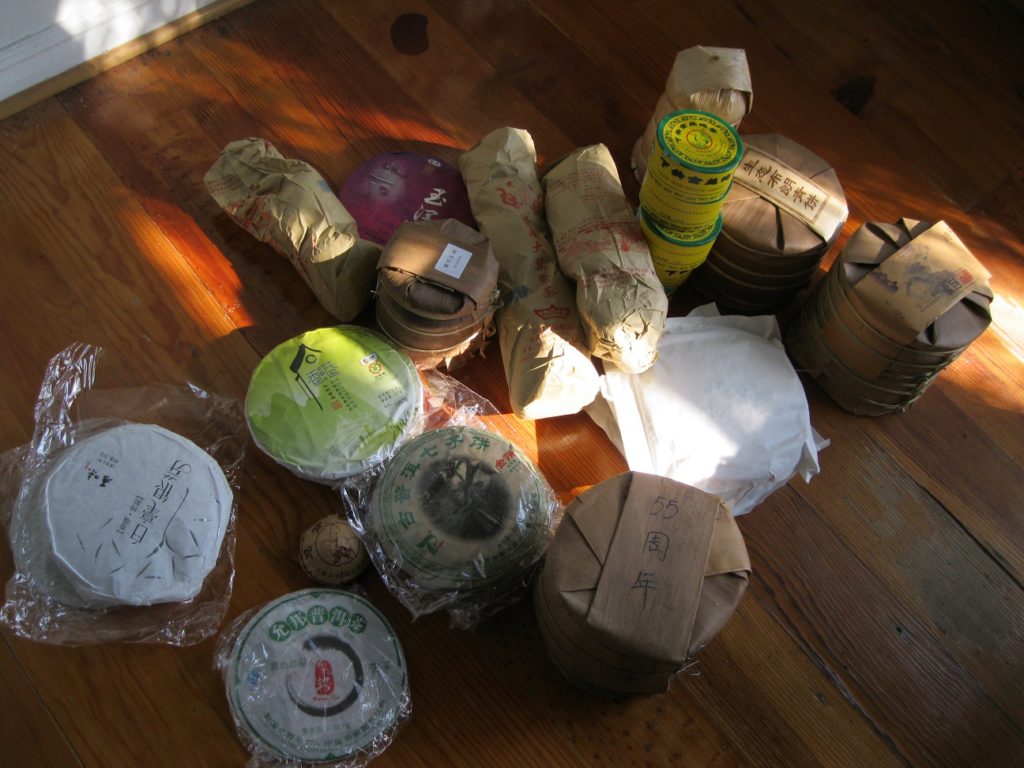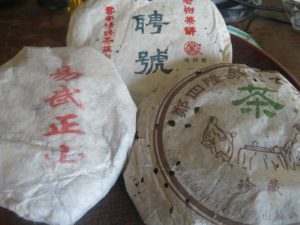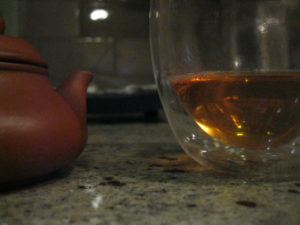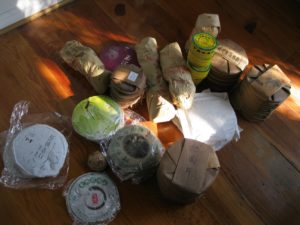Puerh Storage Take 2020

So on one of these tea pages to which I belong, some dude giving brewing advice confidently offered brewing Yiwus in porcelain. I had started making it a matter of rule to brew all young productions in gaiwan, and his suggestion made sense for that region.
There are many dogmatists who believe that puerh should only be drunk at such-and-such temp and only after 36 exhalations to the third star of Jupiter and only after a certain age, but my goal is to understand the production and the conditions that will bring the most of what it has to offer at the time being consumed. For varying reasons this is not always possible. . . which brings us to a confession.
Many of you don’t know, but in certain circles I’m known as The Tea Punisher (TTP for short or Ole Dirty TTP). The productions I hate the most, I subject to the most abuse, leaving them about to weather the harsh chaparral climes of LA proper.
I punish them; it gets as cold as 47 sometimes, the humidity down to 30. It’s not that I like being TTP. It’s just that I have an ever-growing stash vying for position in finite container space. Container space must be earned, but I may soon be changing my tune given my eight-year synthesis on the subject, . . . which I would only consider in the hypothesis phase, . . . meaning that I am now experienced enough to share findings over a enough time. For starters, even here in Los Angeles, where I keep the doors open often, indoor storage is not as good as outdoor.
Three Storage Types
I have been running three storage types, roughly associated with how precious I consider the production.
- Dead Refridgerator (DR)– this is the most climate controlled.
- Food-grade Rubber Containers (FRC) — medio o en extrema
- TTP– In the open in the Batcave where the rest are snuggled.
I’ll cut to the chase. The TTP “stored” tea is undoubtedly superior to the DR and at the very least equal to FRC. Here’s where we can see a pattern. DR storage is more like indoor storage. The verdict is out on whether FRC is superior to TTP. The former is more controlled in terms of humidity and open air exposure. Humidity can climb to well above the ambient humidity and the heat can be much higher as well. On the other hand, wild daily fluctuations in humidity provides a stress of a different nature.
Much attention has been placed on temperature and humidity in terms of storage, but if those were the only variables affecting tea, then Penang, Malaysia theoretically should have the best puerh in the world. Yet, I didn’t quite come away feeling that way.
The fact is that the TTP method is the absolute inverse of a controlled environment. My views are ambivalent. There can be no doubt that the TTP method sacrifices aroma, but for productions void of aroma this is not an issue. The conditions are safely averaging in the 55-75 range irrespective of season. In most older productions fragrance plays a smaller role. Therefore punishment comes at less of a cost. Smoky productions will similarly be tamed earlier than where it cannot air out. Tightly pressed cakes should be hardly fazed by the extremes. In the next post I’ll discuss TTP as it relates to a particular cake that stuck me as noteworthy on a few levels.



